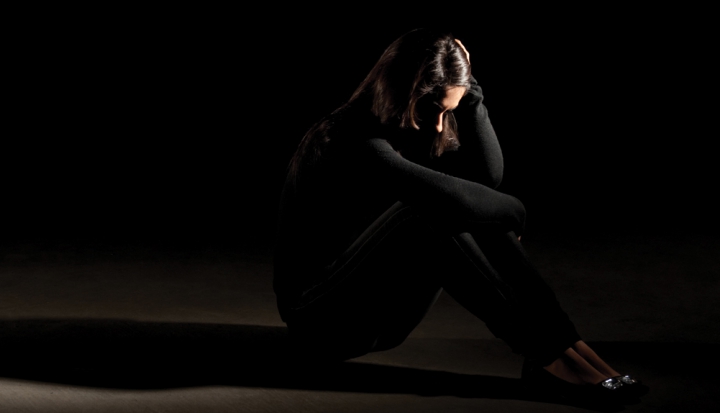When a person dies by suicide, those left behind often find themselves asking the same painful question: “What could I have done to prevent this?” In most cases, there is no answer, and no one individual should hold him- or herself personally responsible for preventing a loved one’s suicide. But as the understanding of suicide and its causes has increased, so too have prevention efforts. When larger communities learn strategies for preventing suicide, it can make a difference in helping reduce the number of suicides.
Determining whether a person is at risk for suicide is a complex process, says suicide prevention expert David Litts, associate director of prevention practice for the Education Development Center. The factors that increase a person’s risk for suicide can be easy to identify, he says, but actually assessing those risks to determine if a particular individual is at a high, moderate, or low risk of suicide is much more difficult.
Any type of adversity in a person’s life can increase risk of suicide, including adverse childhood experiences that occurred 15 to 20 years earlier. But someone with multiple risk factors may never consider suicide, while others with only a few factors at play could be at a high risk. So how can communities help to prevent suicide without knowing how much danger a person is in?
“There are certain things we know of that can be quite powerfully protective,” Litts says. These are things that can be beneficial to anyone—whether they are at risk for suicide or not—such as strong social connections, a sense of belonging and purpose, and hopefulness. “These are all things that faith communities [can provide]. They connect human beings into bodies—the body of Christ, the church—and that gives people reasons for living that might counteract the reasons for dying that they are living with.”
Having a strong sense of spirituality, faith in a higher power, and a supportive church community have all been shown to aid in preventing suicide, Litts says. Even just offering prayers during Mass for people who are suffering from depression or other forms of mental illness can make a big difference to those who are struggling. “Whenever I talk to a faith leader, I try to let them know there is more evidence that what they do in a faith community can prevent suicide than what mental health professionals can do,” says Litts.
What faith communities can’t do, however, is address the underlying mental illness that leads to suicide. Even if a person is comforted by their church, he or she still needs to receive treatment and should be referred to mental health professionals.
Getting that help is a difficult step, and the parish can play a role in helping individuals who are suffering from mental illness to find the assistance they need. “We need to talk with people who are leaders in our parishes about the science of suicide and the people who are likely to do it,” says Ann Sherzer, cochair of the National Catholic Partnership on Disability’s Council on Mental Illness. “We need to know who to reach out to, and we need to be able to reach out with compassion and understanding.”
Mental illness tends to be an invisible affliction that goes undetected, but Sherzer says that parishes are good places to spot the warning signs. A member of the choir who starts showing up late or missing practice, for example, or a person who loses interest in a ministry he or she was once passionate about could be signs that the person needs help.
In such cases, Sherzer stresses the importance of not just recommending that a person who seems to be in distress should get help. They may not realize how much trouble they are in, or they may be unwilling to admit that they are suffering from mental illness due to the stigma attached. With so much chaos in their life, they are not likely to be able to do the research and start making calls to find an appropriate source of assistance.
“It is not enough to tell somebody that help is available,” says Sherzer. “If you see somebody who needs help, you have to get them help. It means so much more for you to say, ‘Can I help you find some help?’ Most people wouldn’t even have a clue where to go.”
Sherzer recommends that parishes and high schools consider training all staff and volunteers about the risks of suicide and how to intervene. She likens it to the safe environment training that the church currently provides on spotting and reporting suspected cases of sexual abuse—it may be something that the people who are trained never need to know, but in some cases it can make a significant difference. “If we did that for suicide, you wonder just how many people could be saved,” she says.
This is a sidebar that accompanies the article “Surviving suicide” which appeared in the October 2014 issue of U.S. Catholic (Vol. 79, No. 10, pages 12-17).
Image: ©iStock/aldomurillo















Add comment